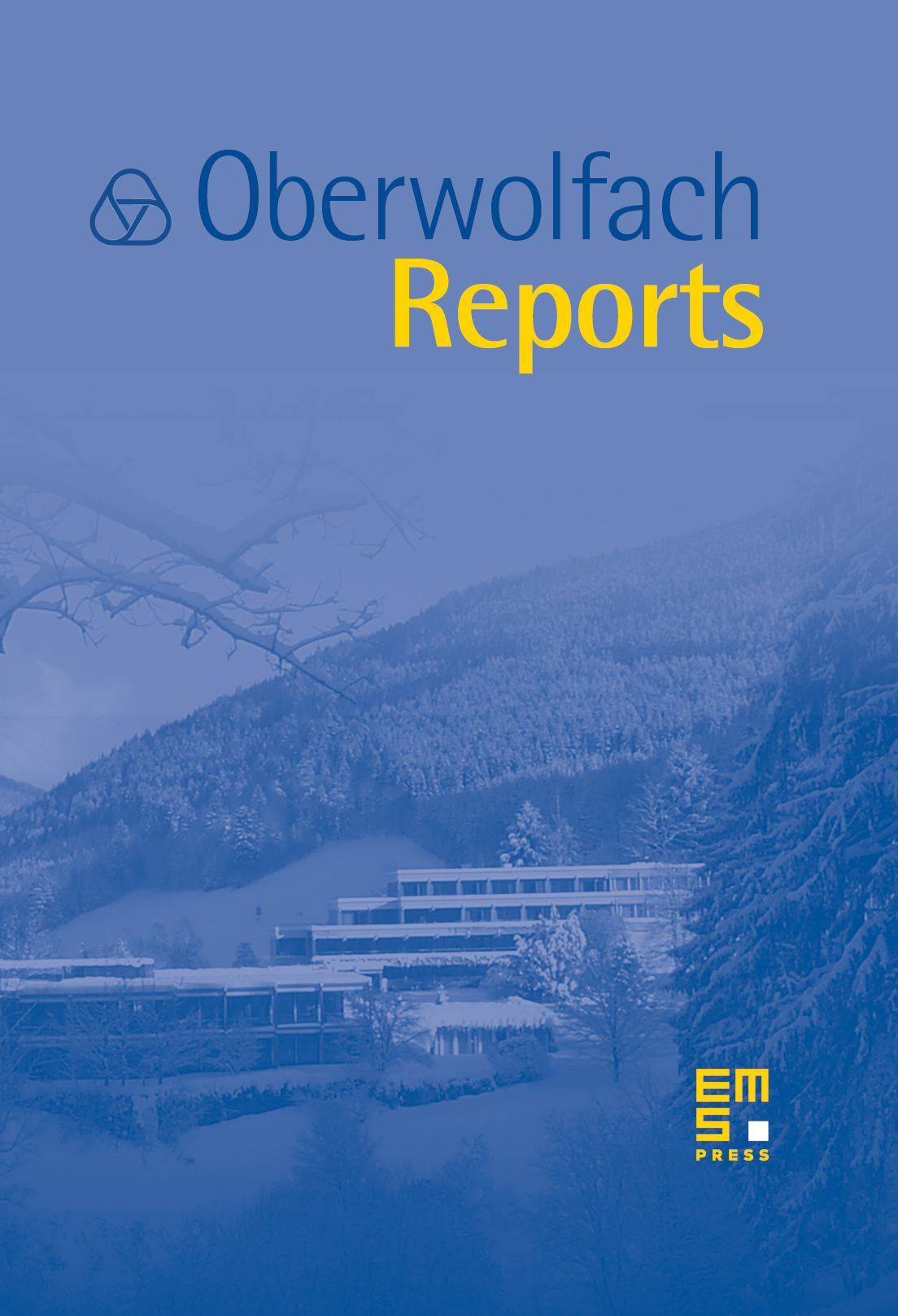Mathematical and Algorithmic Aspects of Atmosphere-Ocean Data Assimilation
Andreas Griewank
Humboldt-Universität zu Berlin, GermanySebastian Reich
Universität Potsdam, GermanyIan Roulstone
University of Surrey, Guildford, UKAndrew M. Stuart
University of Warwick, Coventry, United Kingdom

Abstract
The nomenclature “data assimilation” arises from applications in the geosciences where complex mathematical models are interfaced with observational data in order to improve model forecasts. Mathematically, data assimilation is closely related to filtering and smoothing on the one hand and inverse problems and statistical inference on the other. Key challenges of data assimilation arise from the high-dimensionality of the underlying models, combined with systematic spatio-temporal model errors, pure model uncertainty quantifications and relatively sparse observation networks. Advances in the field of data assimilation will require combination of a broad range of mathematical techniques from differential equations, statistics, probability, scientific computing and mathematical modelling, together with insights from practitioners in the field. The workshop brought together a collection of scientists representing this broad spectrum of research strands.
Cite this article
Andreas Griewank, Sebastian Reich, Ian Roulstone, Andrew M. Stuart, Mathematical and Algorithmic Aspects of Atmosphere-Ocean Data Assimilation. Oberwolfach Rep. 9 (2012), no. 4, pp. 3417–3471
DOI 10.4171/OWR/2012/58